Nerite snails are popular aquarium pets for their algae-eating abilities and colorful shells. But what if you want to breed them and have baby nerite snails in your tank? In this article, we will answer some common questions about nerite snail babies and give you some tips on how to care for them.
What are nerite snails?
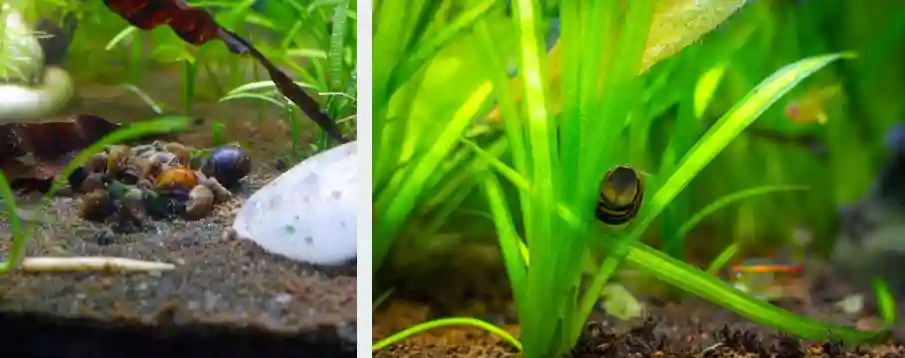
Nerite snails are a type of freshwater snail that belongs to the Neritidae family. There are many different species of nerite snails, such as zebra nerite snail, horned nerite snail, tiger nerite snail, black racer nerite snail, red racer nerite snail, and olive nerite snail. They all have unique patterns and colors on their shells, which make them attractive and interesting to watch.
Nerite snails are peaceful and easy to care for. They can live in a variety of water conditions, but they prefer a pH of 7-8, a temperature of 72-78°F, and a hardness of 6-12 dGH. They are also very good at cleaning the tank, as they eat algae, detritus, and leftover food. They do not harm live plants unless they are dying or decaying.
How do nerite snails reproduce?
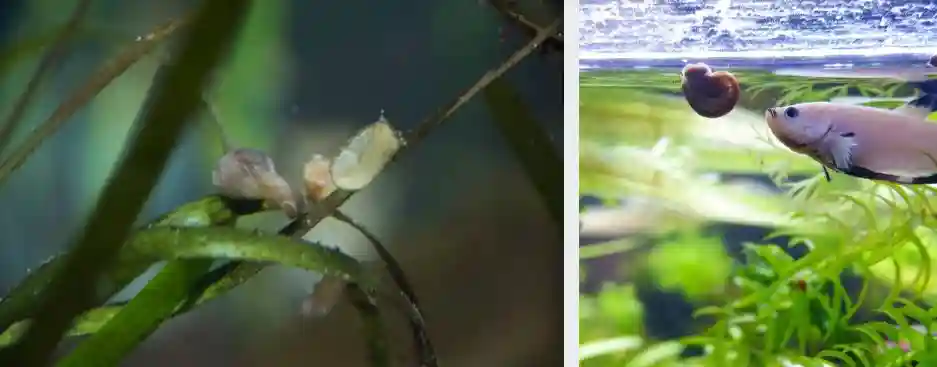
Nerite snails are notoriously difficult to breed in captivity. This is because they have a complex and unique life cycle that requires specific conditions and stages.
Nerite snails are dioecious, which means they have separate male and female individuals. The males fertilize the females internally, using a modified foot called a penis.
The females lay eggs on hard surfaces, such as rocks, glass, or decorations. The eggs are small, white, and hard, and they look like sesame seeds. The females can lay hundreds of eggs at a time, but they are not self-fertile, so they need a male to fertilize them.
The eggs hatch into larvae after a few weeks, but only if they are in brackish or saltwater. The larvae are microscopic and free-swimming, and they feed on plankton and algae. The larvae go through several stages of development, called veligers before they settle on a substrate and metamorphose into snails.
The snails grow and mature in freshwater, brackish, or saltwater, depending on the species. They reach sexual maturity after a few months, and they can live for up to 3 to 4 years.
How to hatch baby nerite snails?
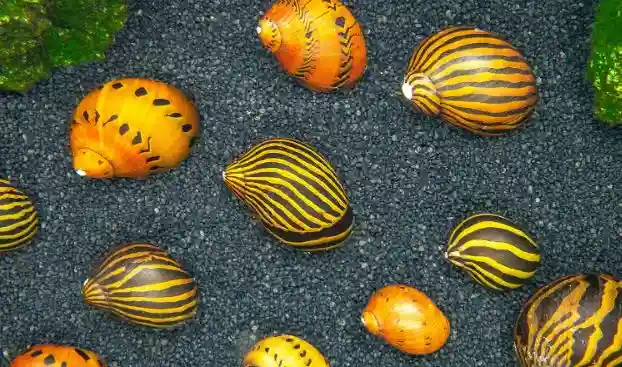
If you want to hatch nerite snails, you will need a separate tank with brackish water. The salinity should be around 1.005-1.010 SG, which is about 5-10 teaspoons of aquarium salt per gallon of water. You will also need a heater, a filter, and some live plants or algae for the larvae to feed on.
To transfer the eggs to the brackish tank, you can either move the objects where the eggs are attached or carefully scrape them off with a razor blade or a credit card. Be gentle and avoid damaging the eggs. It can take several weeks for the eggs to hatch, depending on the temperature and salinity of the water.
Once the eggs hatch, you will see tiny snails with transparent shells. They are very small and fragile, so you need to monitor the water quality and avoid any predators or strong currents. You can feed them with algae wafers, spirulina powder, or blanched vegetables. They will grow slowly and gradually develop their colors and patterns.
How to care for baby nerite snails?
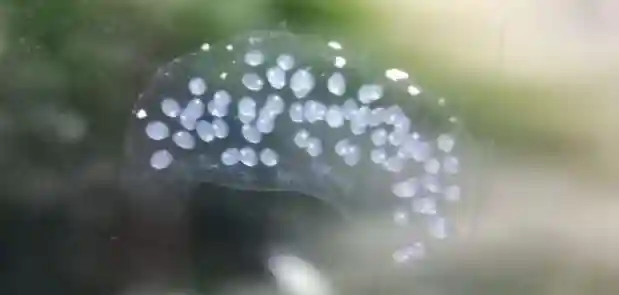
When the baby nerite snails are big enough, you can move them to a freshwater tank. They will need the same care as adult nerite snails, but you may want to provide them with more hiding places and food sources. You can use driftwood, rocks, caves, or plants to create a safe and comfortable environment for them.
You can also keep them with other peaceful fish or invertebrates, such as tetras, guppies, rasboras, shrimp, or other snails. However, avoid keeping them with aggressive or predatory fish, such as cichlids, loaches, puffers, or crayfish, as they may harm or eat the baby nerite-snails.
What is the lifespan of a nerite snail?
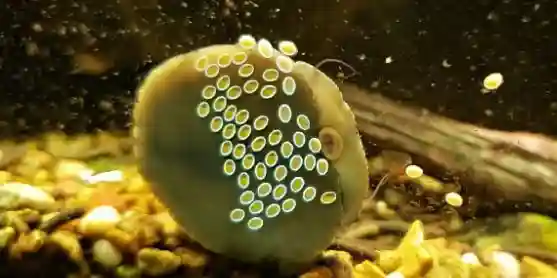
Nerite snails can live more than a decade in an aquarium, but on average, they should live around 4 to 5 years. However, factors such as water quality, diet, tank size, and tankmates can influence their longevity. With proper care and optimal conditions, some nerite snails may exceed the typical lifespan, possibly living up to twelve years.
What are some common diseases of nerite snails?
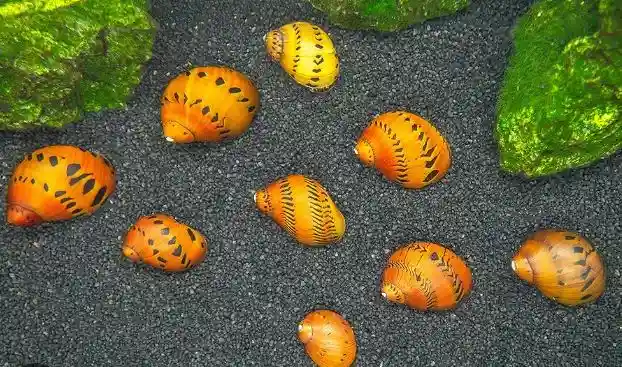
Some common diseases of nerite-snails are:
- Oedema: This is a condition where the snail’s fluid balance becomes disturbed and results in extreme swelling. It usually affects older snails at the end of their lives and can impair their movement and feeding. There is no known cure for this disease, but keeping the water quality high and avoiding stress can help prevent it.
- Shell erosion: This is a condition where the snail’s shell becomes thin, cracked, or pitted due to lack of calcium or exposure to acidic water. It can make the snail vulnerable to infections and predators. To prevent this disease, provide a source of calcium in the tank, such as cuttlebone, eggshells, or calcium supplements, and maintain a neutral or slightly alkaline pH.
- Parasites: These are organisms that live on or inside the snail and cause harm, such as flukes, worms, or protozoa. They can cause symptoms such as loss of appetite, lethargy, abnormal behavior, or death. To prevent this disease, quarantine new snails before adding them to the tank, avoid overfeeding and treat the water with anti-parasitic medications if needed.
What is the best temperature for nerite snails?

Nerite snails are a type of freshwater snail that are popular for their algae-eating abilities and colorful shells. They can live in a wide range of tropical temperatures, but the best temperature for them is between 72°F and 78°F. This is the optimal range for their health and activity. If the temperature is too high or too low, they may become stressed, inactive, or sick. To maintain a stable temperature, you may need a heater and a thermometer in your tank.
Conclusion
Baby nerite snails are a rewarding and fun project for aquarium enthusiasts. They are cute and beneficial for the tank, as they help control algae and waste. However, they are not easy to breed, as they need brackish water to hatch. If you are willing to set up a separate tank and provide them with proper care, you can enjoy watching them grow and thrive.






